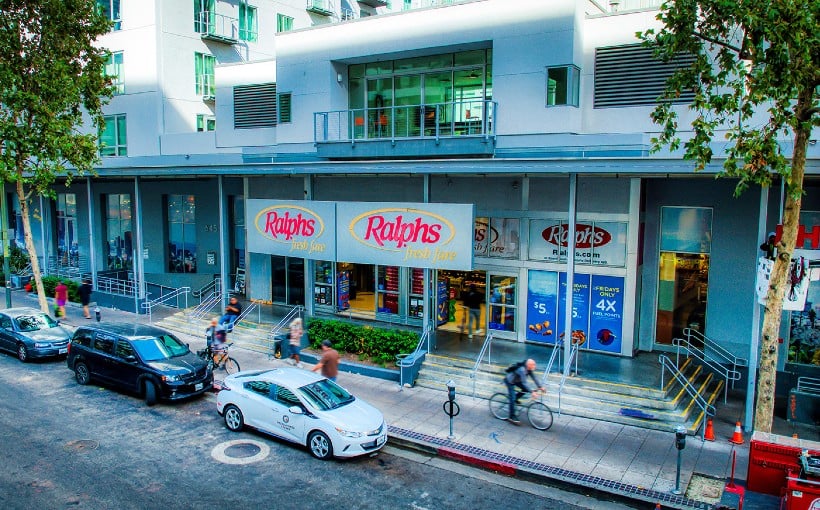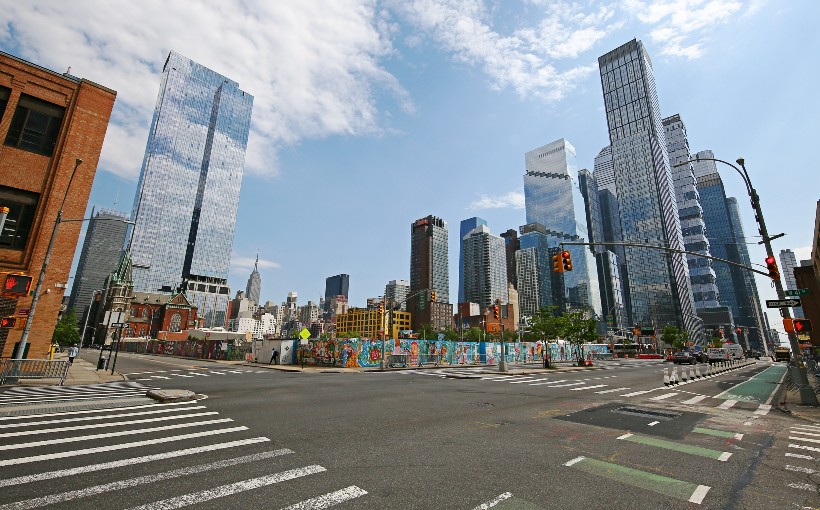New Data Centers: The Risk of Obsolescence and Potential Solutions
The rapid growth of data centers, with their state-of-the-art equipment and rows upon rows of server shelves, may seem like the pinnacle of modern commercial real estate. However, according to a recent article by JLL, these much-needed facilities could become obsolete sooner than expected due to the increasing demand for power in handling vast amounts of data. In fact, experts predict that power requirements will double within five years.
This poses a challenge for data center projects that can take up to three years to complete. By the time they are operational, their design plans may already be outdated.
The Power Struggle is Real
According to Statista quoted by JLL analysts in the article mentioned above , rack density in data centers is expected to increase from 36kW per rack currently used today up 50kW per rack by 2027. For AI training centers this number could reach as high as 80-100 kW per rack which also increases cooling needs.
Moreover “Higher density implies heavier racks” explains Jordi Sinfreu Head Of Data Centers at JLL Southern Europe adding “increased heat generation has resulted in a shift away from traditional air cooling towards various types liquid cooling.” This means different mechanical electrical and design considerations are needed for hyperscale edge or AI applications.”
In addition sustainability regulations require increased water efficiency making it more challenging when planning energy consumption .
Potential Solutions
Given the lengthy process involved with designing and building new data centers it’s difficult predict what future demands might be . However there are some strategies suggested:
1) Phased development approaches – These include adapting floor layouts or moving towards renewable energy sources once available creating sustainable designs while avoiding obsolescence . As Sinfreu states : “it allows greater flexibility as market conditions change during project duration.”
2) Capital expenditure & lifecycle planning – Upgrades or replacement equipment can reduce total cost of ownership instead of maintaining and repairing old equipment.
3) The right partners – Choosing the right project partner can mitigate obsolescence risks. Hanayyah Sutton Head Of Data Center Projects & Development Services at JLL EMEA suggests a global perspective combined with local insights is key . As she states : “It’s important to think about the entire process from strategic planning to post-commissioning operation and maintenance.”
In conclusion, while new data centers may seem cutting-edge now, it’s crucial for developers and investors to consider potential future demands in order to avoid obsolescence. By implementing phased development approaches, capital expenditure planning, and choosing the right partners with a comprehensive understanding of both global trends and local regulations, data center projects can adapt to changing market conditions while remaining sustainable for years to come.




